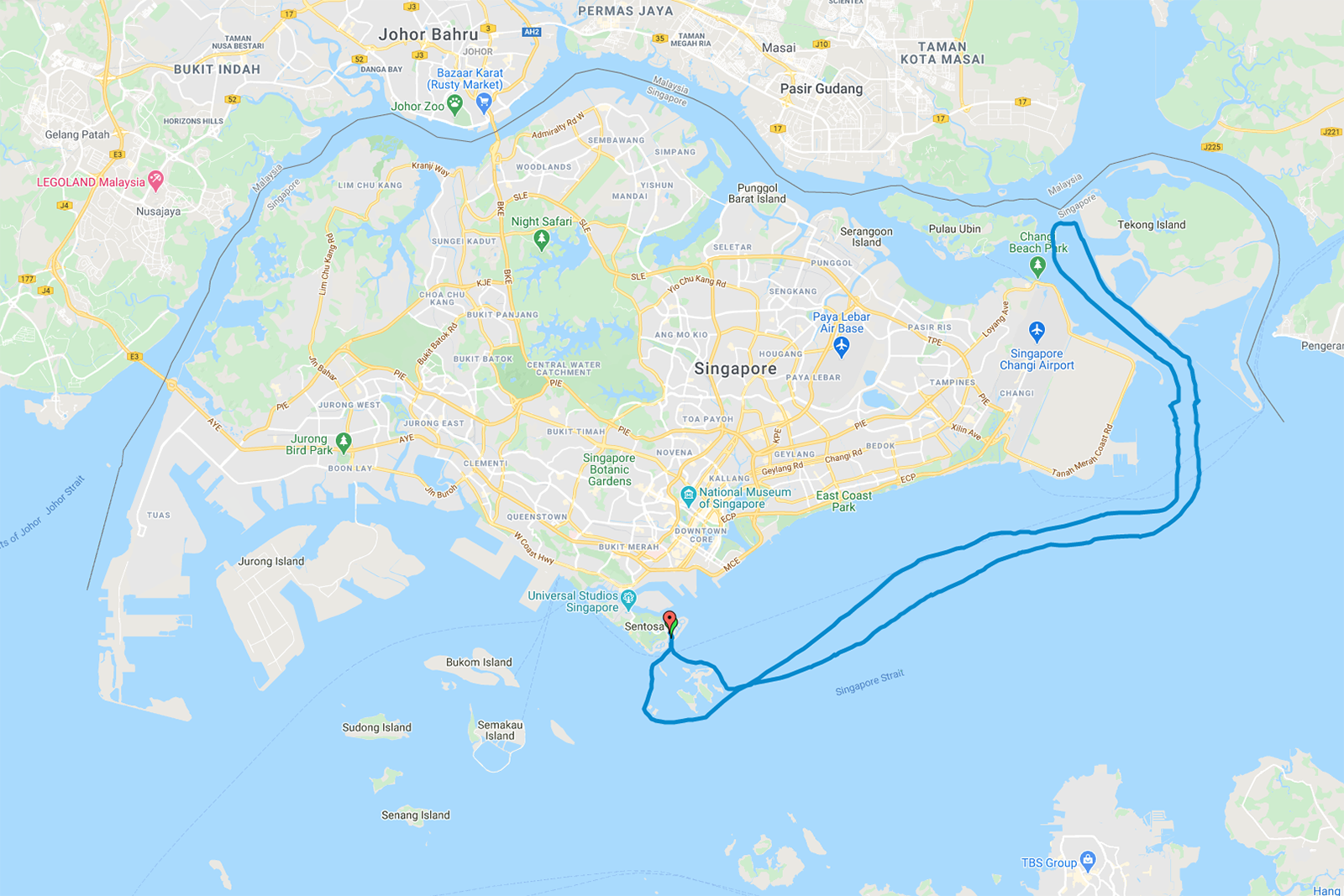This year, the pandemic has generally been a restrictive affair for birding. During spring migration, our pelagic trips were cancelled as tighter restrictions meant most of us were working from home, and recreational activities were generally prohibited.
Since then, as the COVID-19 pandemic has been somewhat under control in Singapore, certain restrictions were eased. It is now possible to go out for recreational activities in a group of five, if proper precautions are taken. Cross border travel is still generally not possible without significant penalty.
On 20 September, 2020, a group of five bird photographers decided to take a boat trip along the Singapore Strait without sailing through international waters. As usual we chartered our boat from Alex of Summit Marine System.
The plan was to travel towards Pulau Tekong from Sentosa and then make a loop back. We thought it’ll be good to have a closer look at Pulau Tekong as we have not seen it up close from the sea before. The journey started just before 8am and lasted six and a half hours.
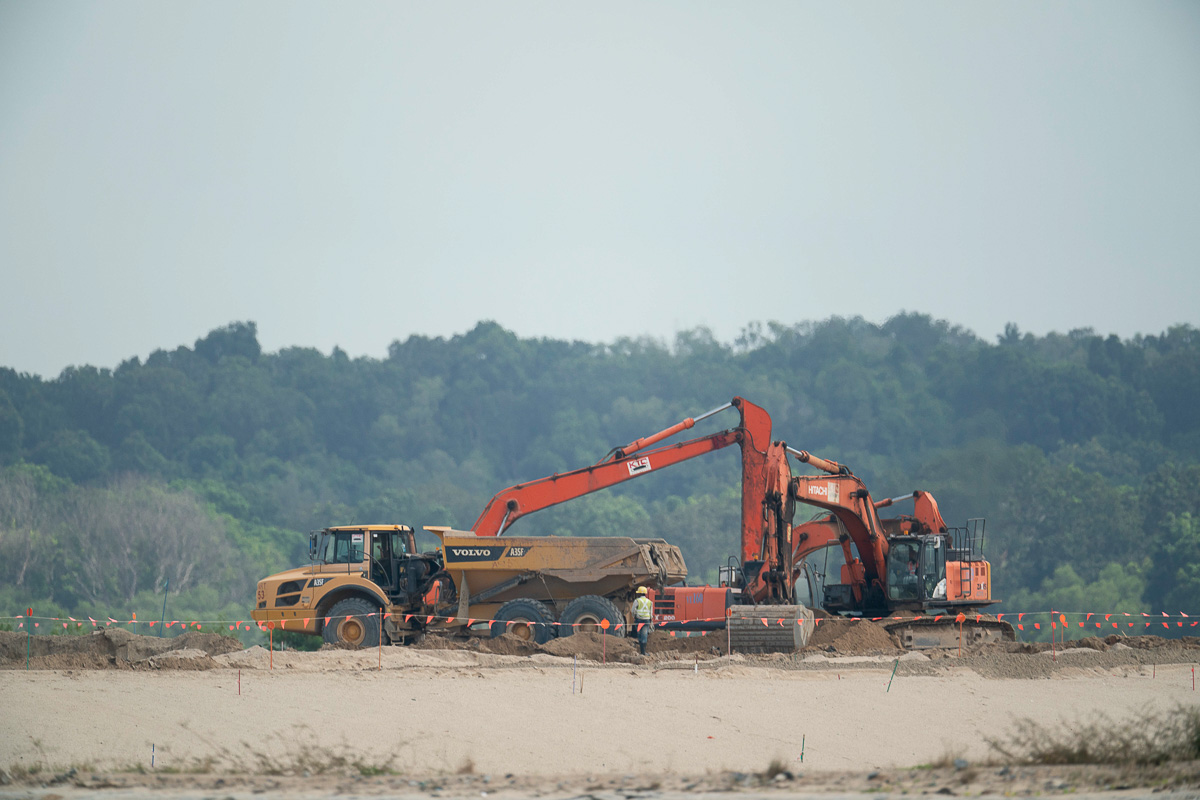
Birding was generally quieter closer to the coast compared to our normal pelagic route. We noticed generally less commercial shipping activities. Some recreational fishing boats were sighted along the Changi-Pulau Ubin stretch. The sea was generally calm and cloud cover over the majority of the trip made for easier birding , especially in the late morning and early afternoon.
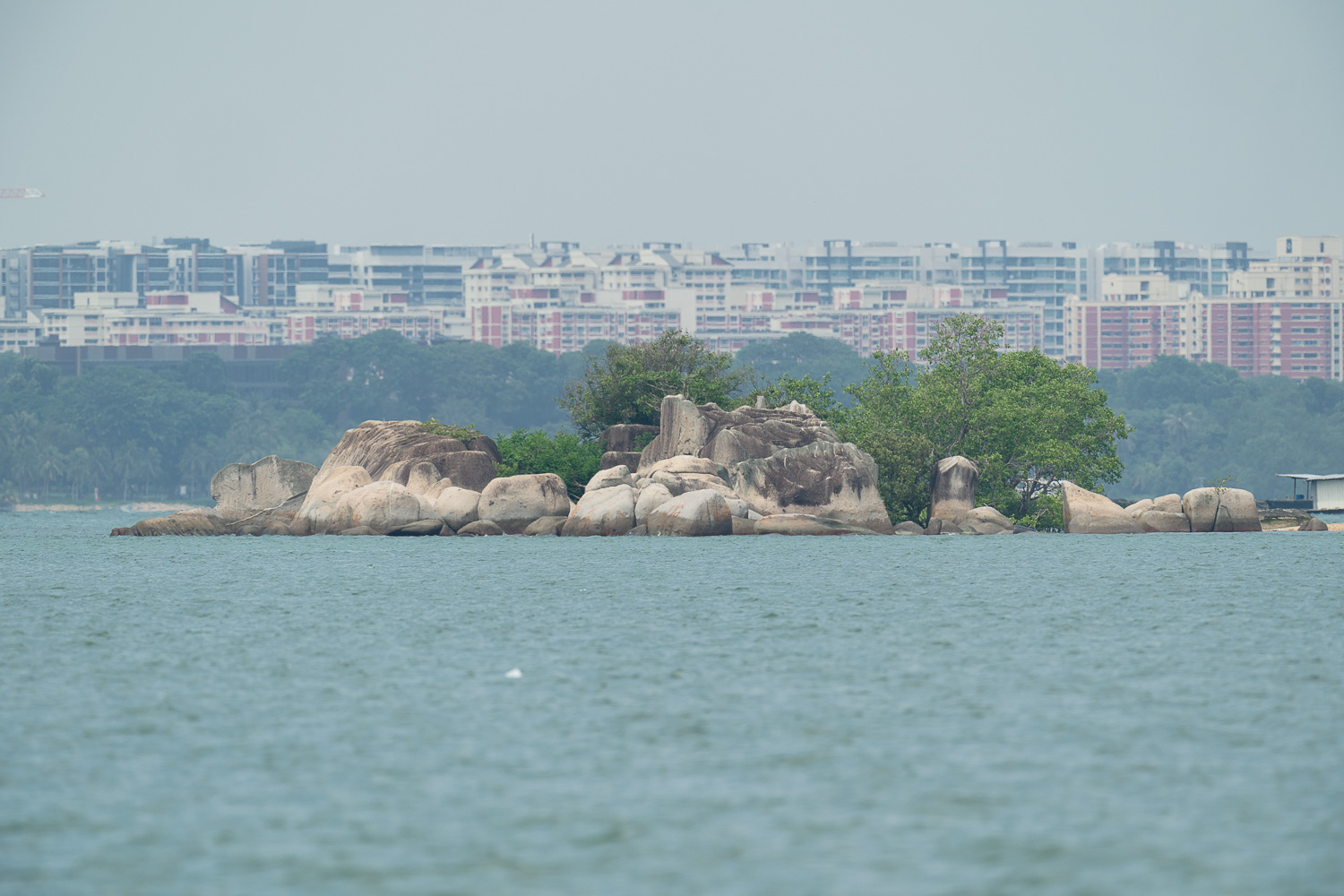
More importantly birding wise, to our relief, we did see some migratory seabirds along the way. Chief among them were good numbers of Aleutian Terns that seems to make the Singapore Strait one of their minor wintering ground.
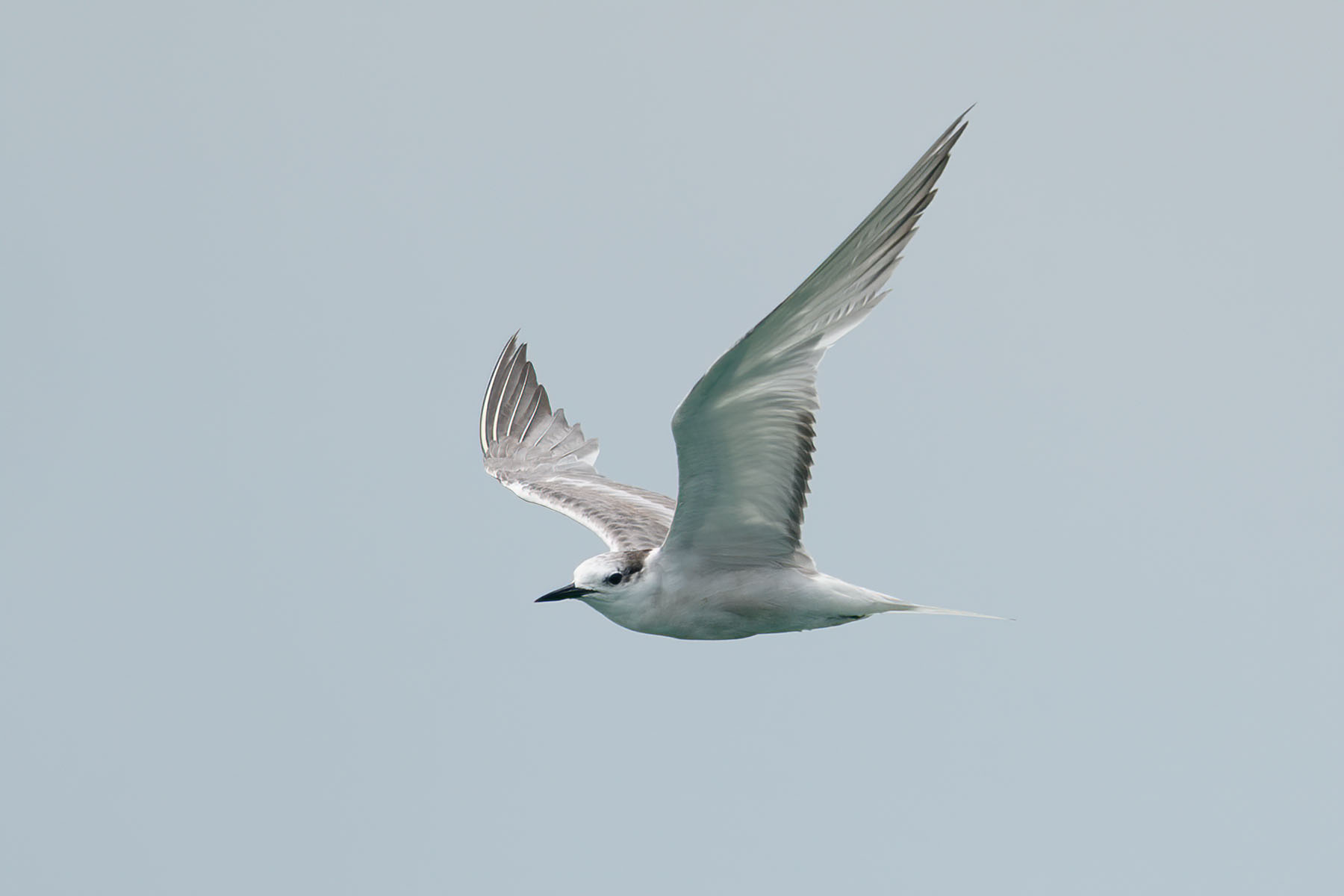
Swinhoe’s Storm Petrels also made their appearances although we probably missed their main group this time around, or perhaps they were mainly flying further outwards towards international waters.
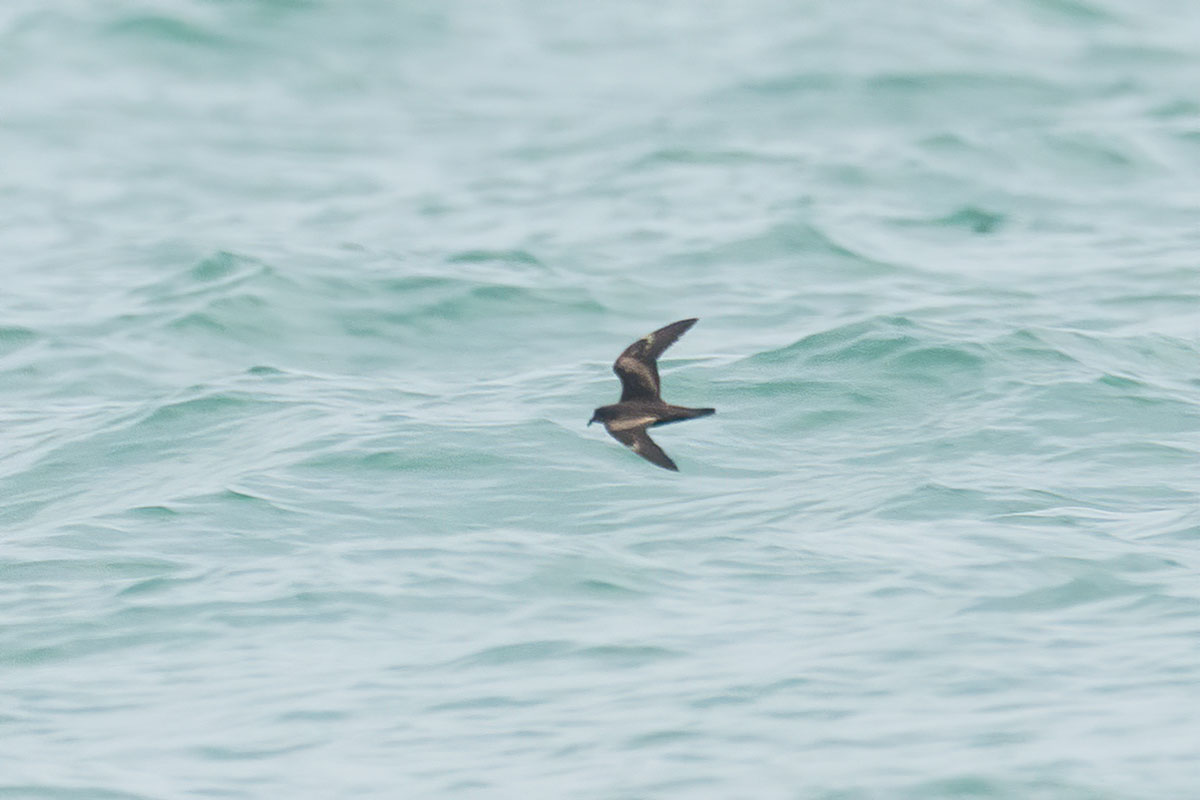
Another significant migratory bird species seen were a few White-winged Terns seen inland at Pulau Tekong and at the buoys situated between Pulau Tekong and mainland Singapore.
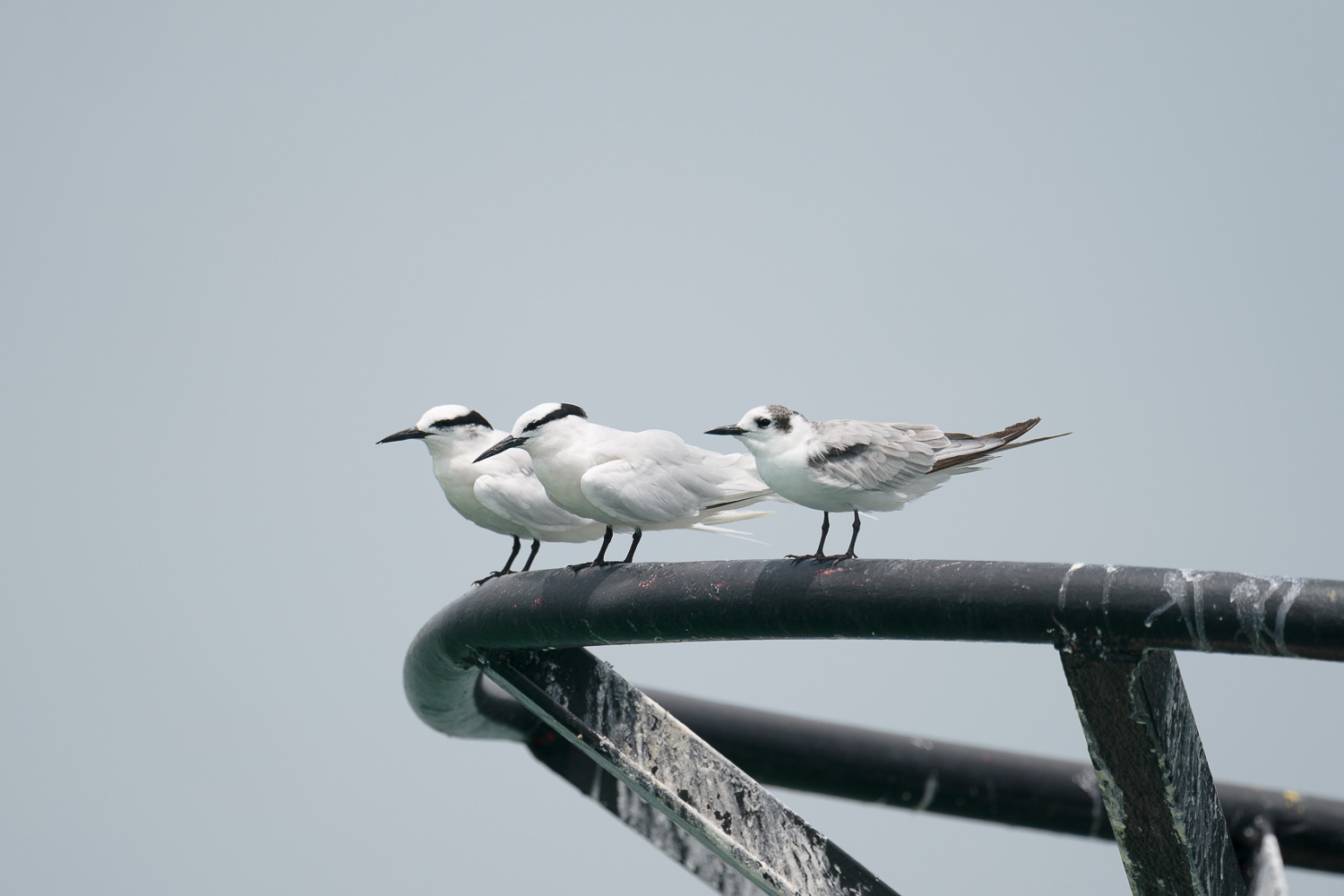
Other terns species seen include the usual Little Terns, Black-naped Terns and Greater Crested Terns.
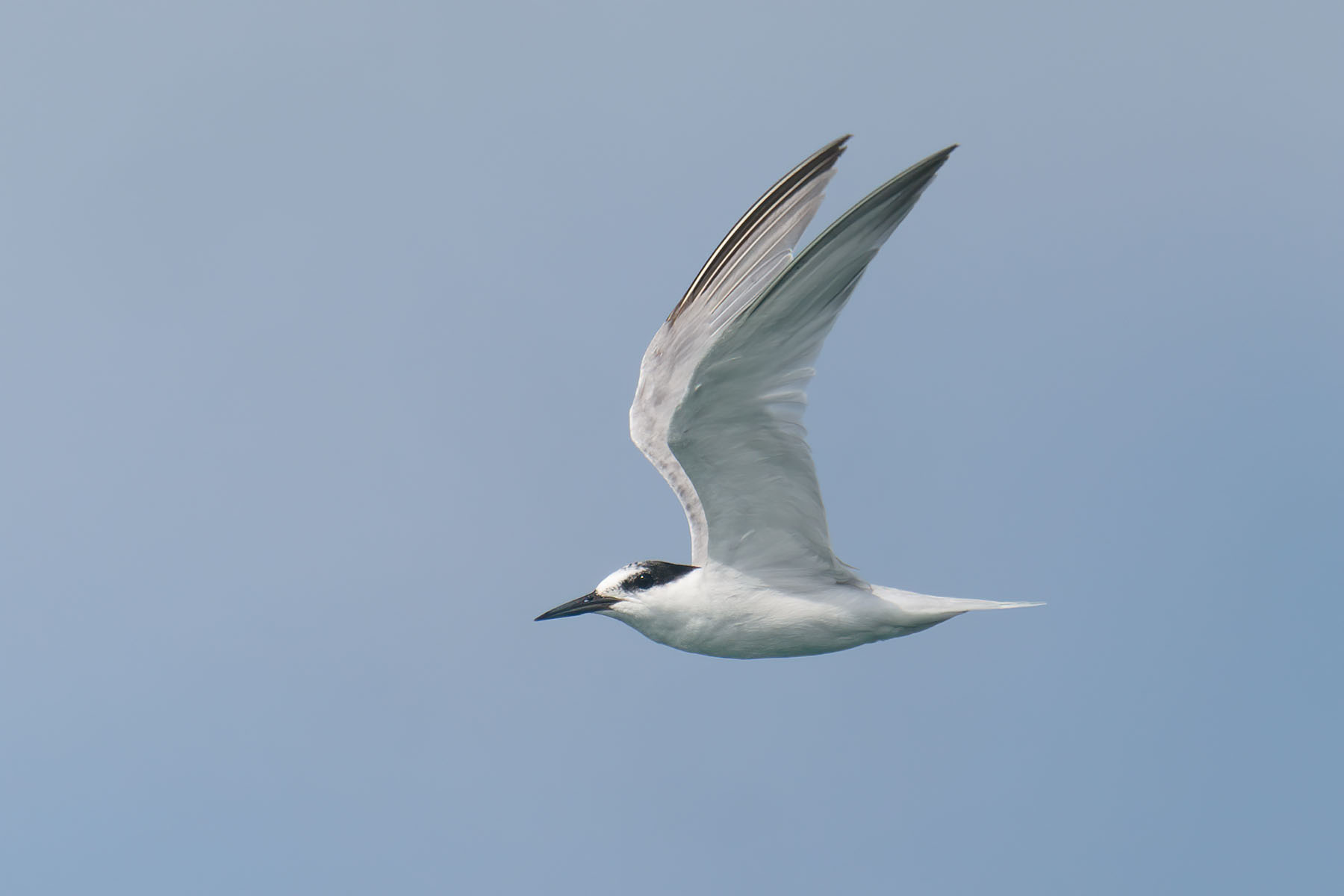
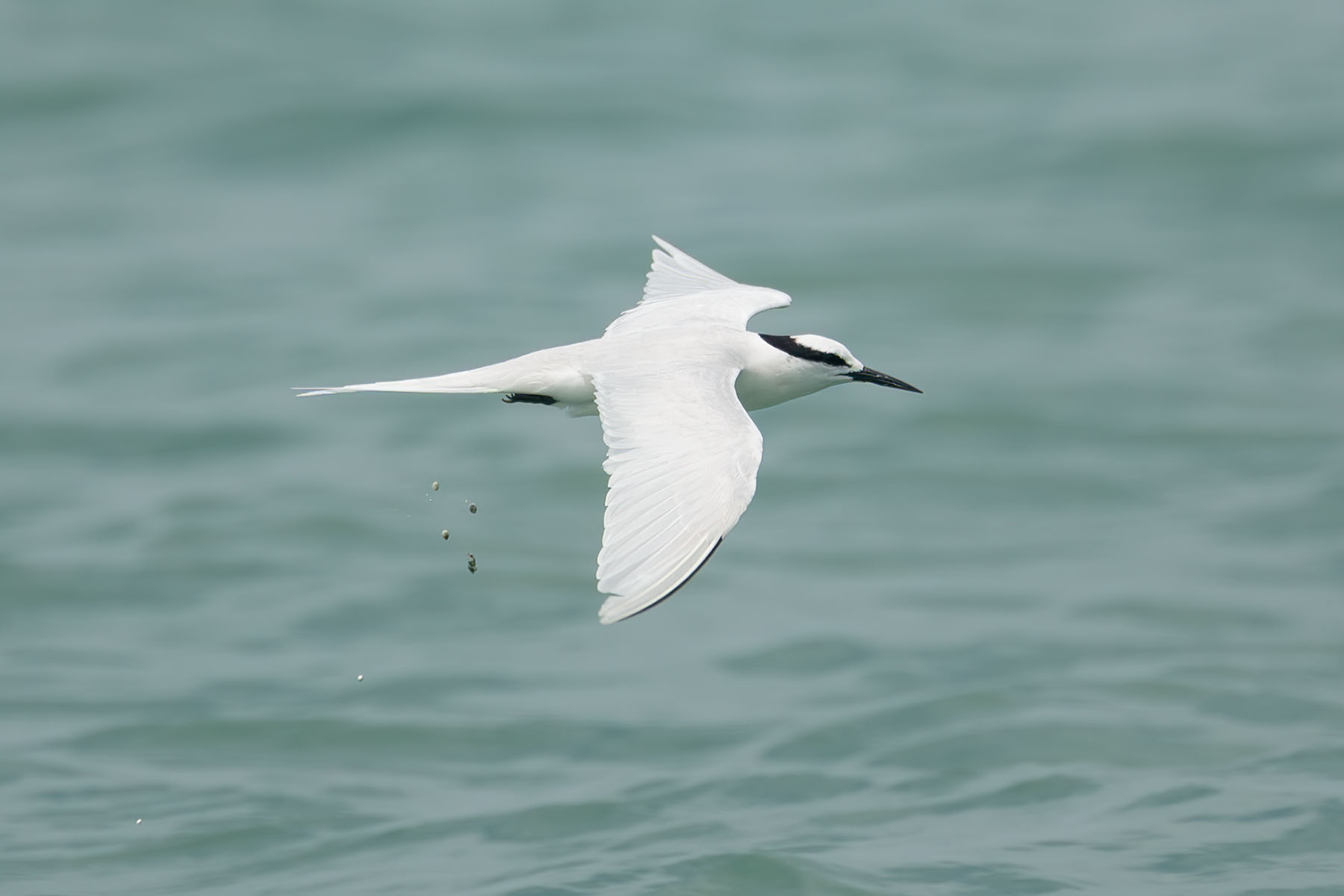
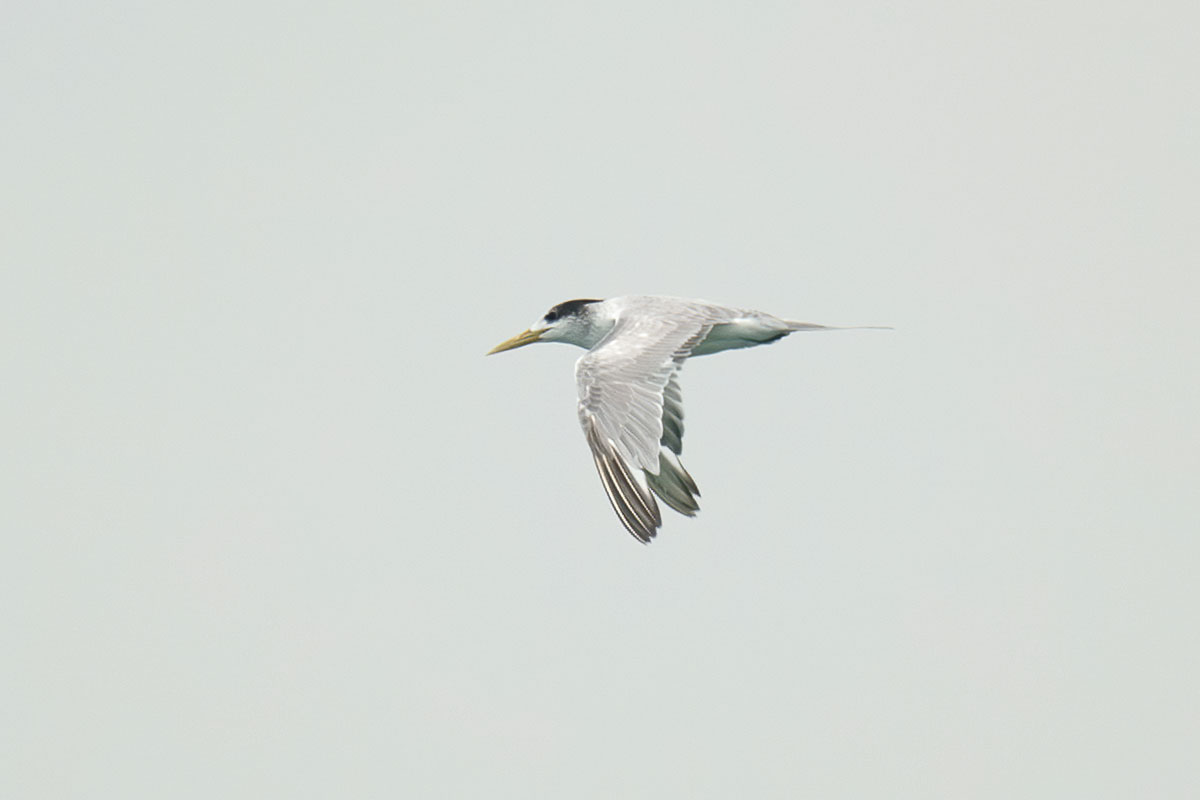
Since it’s a new route, we’re still figuring out how best to optimise future trips. The restriction on the number of people per boat also meant the charges are more expensive, requiring more commitment to participate in such trips.
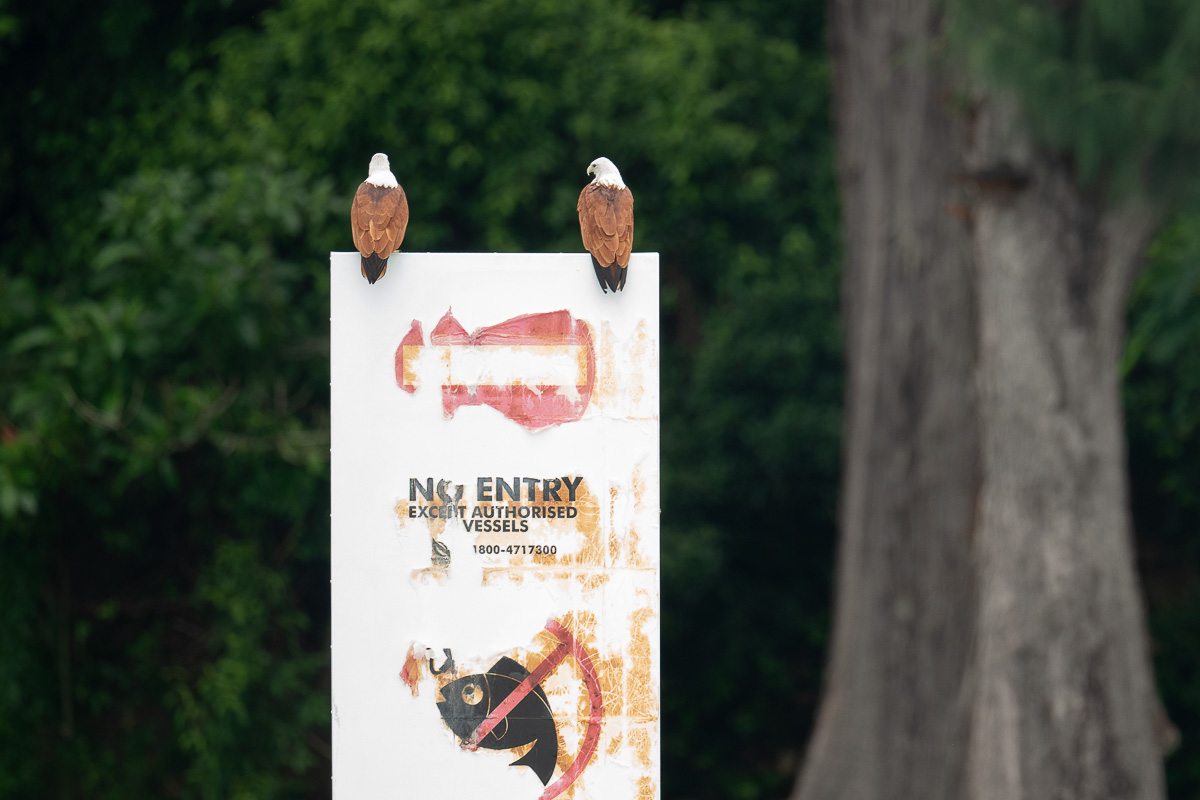
Checklist for the birds seen is available here: https://ebird.org/checklist/S73817810


